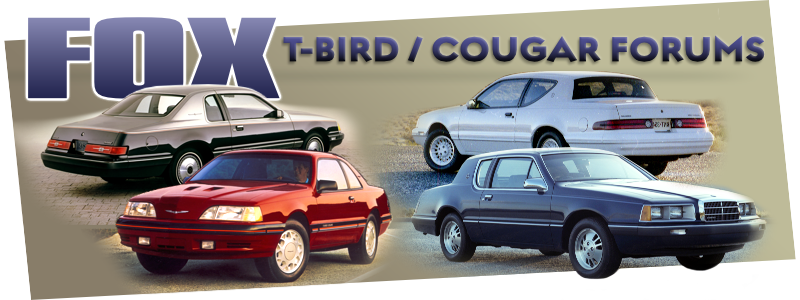E6 heads - is there ANYTHING in their favor?

Reply #2 –
I agree with Thunder Chicken.He's right.I would go get a cheap set of E-7's at the boneyard and bolt them on.Add a few horses to the old 5.0.No,they're not as good as GT40's or aluminum heads,BUT,they are way better than those boat anchor E-6 heads.
 Topic: E6 heads - is there ANYTHING in their favor? (Read 2677 times)
previous topic - next topic
Topic: E6 heads - is there ANYTHING in their favor? (Read 2677 times)
previous topic - next topic
